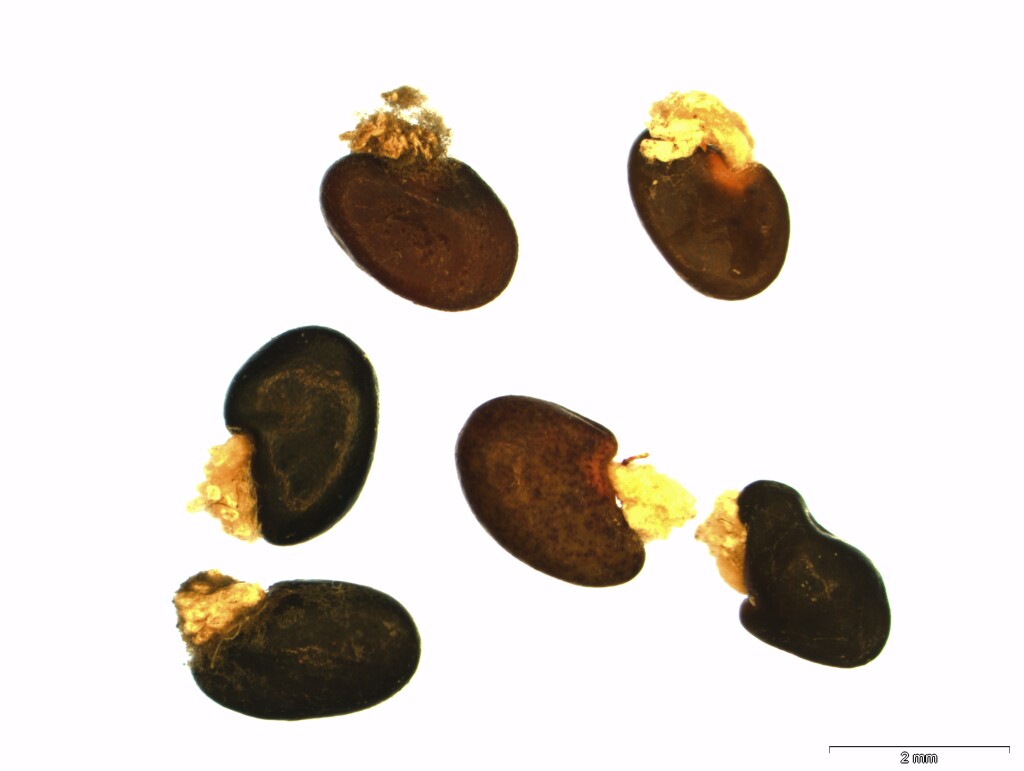Pultenaea lapidosa
Corrick Stony Bush-peaErect or decumbent shrub to 1 m high; young stems with sparse, pale hairs; older stems conspicuously scarred with stipule and leaf remains. Leaves alternate, linear to narrowly elliptic, 6–16 mm long, 1.5–2 mm wide; apex acute, with long, fragile, recurved mucro; upper surface glabrous, paler than lower; lower surface with sparse, long, tubercle-based hairs; margin incurved; stipules 4–5 mm long, dark brown to black, apex slender, recurved, margin torn. Inflorescence a head-like cluster of 10–25 flowers; bracts absent; floral leaves with slightly enlarged stipules; calyx 9–10 mm long, tube glabrous, lobes narrowed abruptly into slender tips, covered with long hairs; bracteoles attached immediately below calyx tube, 5–6 mm long, tri-fid, central lobe narrow, covered with long hairs, stipular lobes glabrous, papery, all lobes terminating in hair-like tips; standard 9–10 mm wide; ovary glabrous except for a tuft of pale hairs at base of style. Pod ovate, apex hairy. Flowers Nov.–Dec.
CVU, NIS, EGU. Now treated as endemic to Victoria, where confined to Splitters Range near Benambra, Mount Samaria and near Myrtleford where it occurs in dry forest on rocky hillsides.
de Kok & West (2002) treated Pultenaea lapidosa as a taxonomic synonym of Pultenaea setulosa (occurs in Qld, NSW). However, a recent revision by Barrett et al. (2024) has spilt this complex into numerous species, most of which are restricted to NSW. The latter is being followed here.
Corrick, M.G. (1996). Pultenaea. In: Walsh, N.G.; Entwisle, T.J., Flora of Victoria Vol. 3, Dicotyledons Winteraceae to Myrtaceae, pp. 765–793. Inkata Press, Melbourne.
 Spinning
Spinningde Kok, R.P.J.; West, J.G. (2002). A revision of Pultenaea (Fabaceae) 1. Species with ovaries glabrous and/or with tufted hairs. . *Australian Systematic Botany * 15: 81–113.

